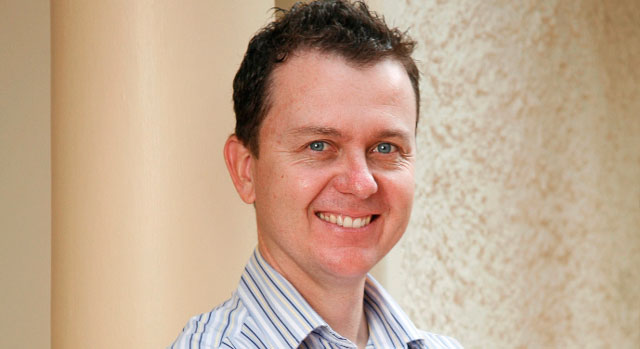
Whenever I speak to chief information officers or technologists about sustainable IT strategies, their eyes glaze over. In most people’s minds, going green is still about environmental activism, tree-hugging and warm fuzzy feelings rather than as a strategy that adds real business and financial value.
The reality is that carbon reduction is only a small portion of a broader subset of sustainability goals. Adopting energy-efficient principles has a hard, monetary pay-off — but with surprisingly little effort.
The perception exists that IT waste is limited to outdated hardware — old PC monitors, keyboards and cellphones.
But there are several ways that IT operations are wasting time and money within an organisation that goes largely unnoticed. Most IT departments are given a “free ride” when it comes to reducing their energy consumption or software costs.
There are three types of IT waste that I believe are prevalent in companies today that should be eradicated.
Inefficient PC power management
We recently conducted an analysis of one of the top four SA banks and found that 98% of their PCs were left on overnight under instruction from the IT department. This is quite common, as IT departments conduct security patching after hours and mistakenly believe that PCs should be turned on at all times for them to do so.
If 10 000 PCs are left on overnight, that means that 2 600 metric tons of carbon dioxide is being released unnecessarily every year. This translates into unneeded electricity spending of R2m/year. Simple tooling can shut PCs down and “wake them” remotely without making any changes to network security.
Unnecessary/overused servers
Analyst firm Gartner has revealed that between 12% and 14% of the world’s servers have no uses at all. When it comes to servers, most companies are reluctant to take action to remove or optimise them. The reality is that this is wasting energy when it’s easy to identify and remove those servers and optimise the rest.
It is possible to determine when servers are doing “useful” work, such as the type done by employees in the course of the day, and when they are busy with “housekeeping” computing, such as antivirus or indexing checks, that are necessary but inefficient.
By forcing the server software into the lowest energy-using state while still running, you can cut your data-centre energy use by 12% with no impact on performance. Large companies with thousands of servers can cut costs dramatically.
Then there is the issue of distribution points. Large, geographically dispersed organisations, particularly banks and retailers, often invest in huge server infrastructure that is hard to maintain. Support employees have to be called out to install software on each server at individual branches or outlets.
Why not replace secondary site servers with a few centrally located ones? This not only reduces hardware spend, but also maintenance and staff costs, freeing the IT team up to do other things.
Unused software
Most organisations have either unused software installed on PCs that is not needed or used, or they have “shelfware”, software that is purchased but never deployed. What they don’t realise is that the maintenance costs for this software can run to between 15-20% of the licence fee.
Add to that the fact that we typically see between 20% and 40% of software being installed remaining entirely unused at any given company, and you’re paying a hefty price tag for no reason whatsoever. In the US alone, it’s believed this accounts for US$12,3bn in preventable and ongoing costs.
Of course, not all software is being installed with the consent of the IT department. Rogue software such as games and user productivity software also represents a reputational and security risk to companies if they are not managed and controlled. It’s important that companies determine what they own, what they are actually using, and what they really need.
Efficient IT is not just about saving the world, but saving the money that makes the world go round. By implementing unobtrusive software, your IT department cannot only contribute to your “green” status but also cut costs dramatically.
- Tim James is MD of sustainableIT

